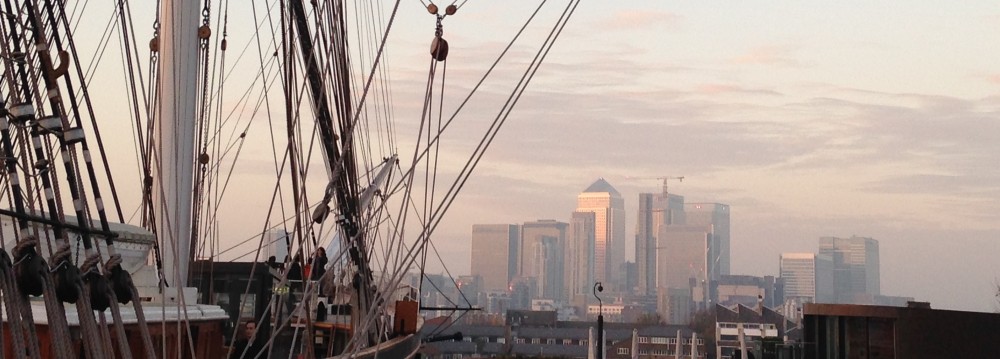We have often visited the Normandy beaches, but a recent visit to Dieppe on the French coast a bit further North reawakened vague memories of a history class discussion long ago. The subject was the Raid at Dieppe. It was a real jolt to find myself on the beach last week and make the connection, seeing the actual site and learning in more depth the story of what happened on 19 August 1942.
Raid at Dieppe – A Story Pushed Aside by Later, Larger Developments?
In the first few decades after WWII, the war remained fresh in the memories of US veterans and their families. Not everyone could or would talk about it. But, in my Mom’s family, war stories were a common theme at holiday gatherings. With various veterans in the family, we could compare first hand narratives on wars ranging from WWI to Vietnam.
I have vivid childhood memories of family times around my grandparents’ dining room table during the 1960s. There wasn’t enough room for the whole family, so the little kids usually ate on a card table In the living room, sometimes with the TV on. But, once I got to be 9 or 10 years old, I graduated to sit with the adults and could listen in and ask an occasional question.
It was not all glory. My mom told us how her class cried after the news of Pearl Harbor and the declaration of war. One uncle was wounded in the margins of the Battle of the Bulge. A great uncle died in WWI under murky circumstances. My Dad had photos from a kamikaze attack on his ship. But, other stories were more rowdy, such as an uncle (a sailor) getting detained by communist authorities in Varna while on a port call after the war. My Dad took a rickshaw ride in Shanghai, where his ship made a stop a few months after Japan capitulated.
However, I don’t ever recall hearing about the raid in Dieppe. Perhaps this was due to the limited American involvement. In any event, it wasn’t until high school that the raid at Dieppe came onto my radar screen.
Raid at Dieppe – A Terrible Price
As the Germans were working to fortify the French coast during the course of 1942, the allies felt growing pressure to act. Prior to a full-scale invasion, Churchill and other leaders wanted to demonstrate that offensive moves were possible. They decided a raid would help them to collect intelligence, disrupt the fortification process, damage infrastructure, probe German defensive strategy, and boost morale among the allies. After some delays, the allies decided to act and settled on the date of 19 August 1942.
Canadian forces were given the lead role on the ground, supported by the British and other allies. In addition to numerous memorials honoring the Canadian effort, plaques in Dieppe commemorate French, Polish and US troops who fought and died in the raid. Fifty US Rangers participated, the first US ground troops to see action in the war on the continent.
Although the raid in Dieppe only lasted about 9 hours, it proved to be a disaster for the allies. The planners underestimated the capacity of the city’s defenses and misjudged the slope of the beach and the effects of the rocky shores on the tanks’ mobility. To protect civilians, they failed to provide for adequate initial bombardment. In addition, the landing timings got skewed such that smoke screens had blown away when the troops arrived, pre-emptive strikes to take out key defensive installations were not completed in advance, and forces were not concentrated in the right places. Of the 6000 men on the ground in the raid, over half were killed, wounded or captured.
Nowadays, Dieppe is a sleepy seaside resort, fishing port, and ferry terminal. Wandering in the town and hiking in the surrounding hills, it is hard to believe that such carnage took place here 70 years ago this week. The peace and security of life here now contrasts with this dark past and provides a living testament to the international achievements after WWII in building a new Europe.
Dieppe Photo Gallery – A Raider’s Perspective
(Trouble viewing this gallery? It can be viewed by going to this Q4TK web page:
Raid at Dieppe permalink)
[flagallery gid=8 skin=photo_blog name=Gallery]
Use the arrows to scroll up or down
Additional Reference
- Here is a link to archival film footage from the battle. (NB, the film title misses the fact that most of the dead and wounded were Canadian and the soundtrack does not reflect the gravity of the images, but it is amazing that this footage is even available considering that there was a desperate war situation going on at the time.)
For an edition of the page with a map, click here
Fetching directions......







